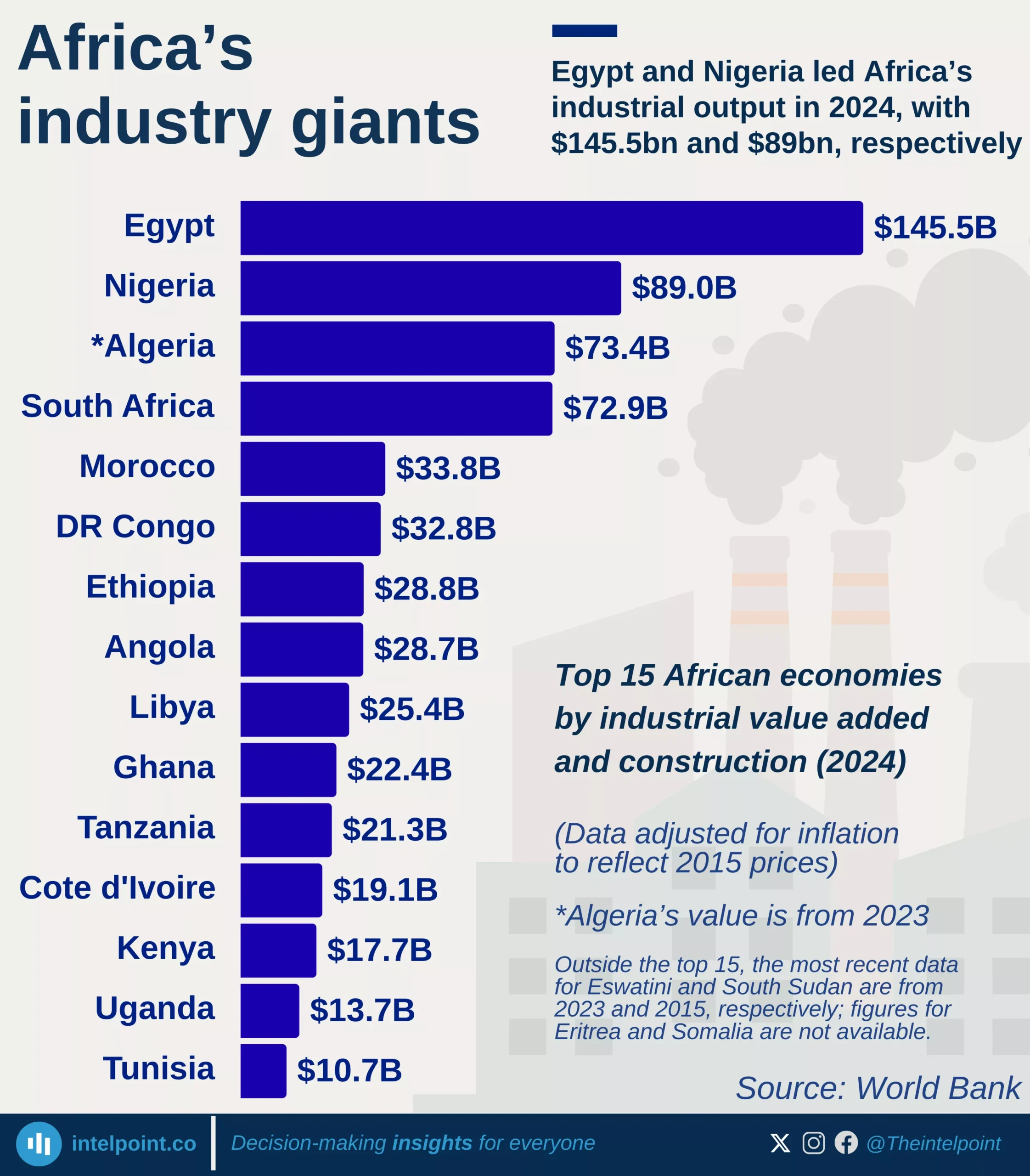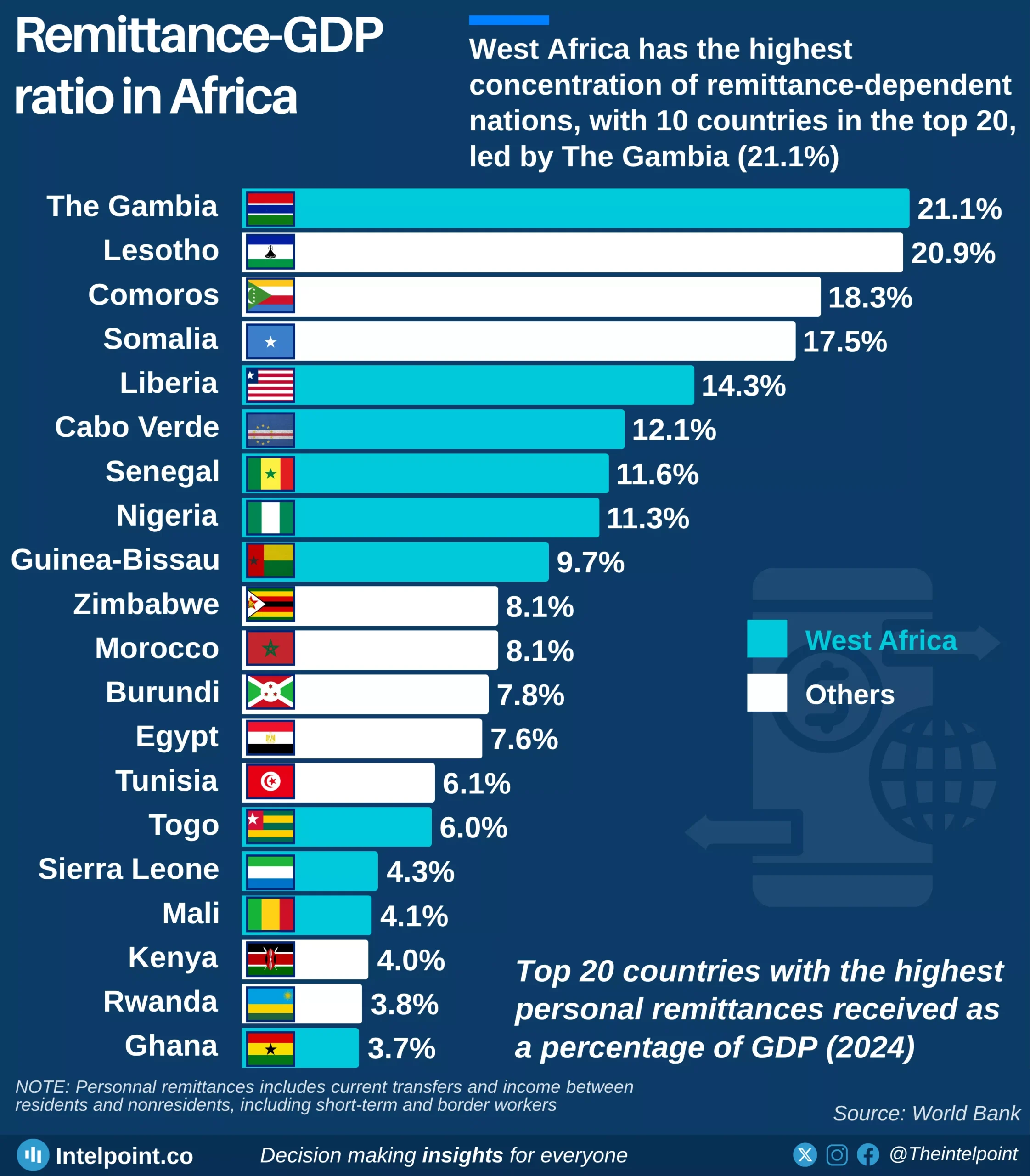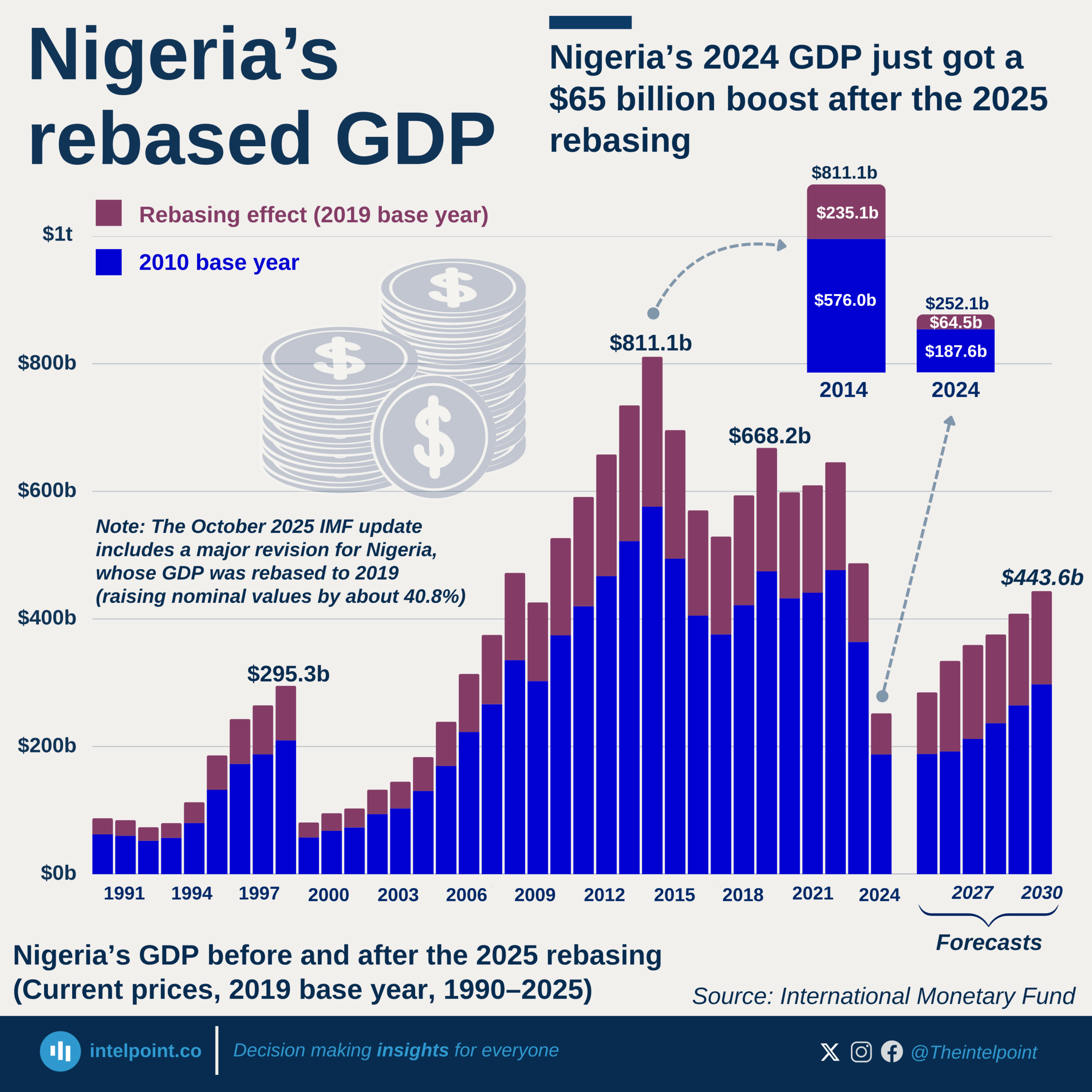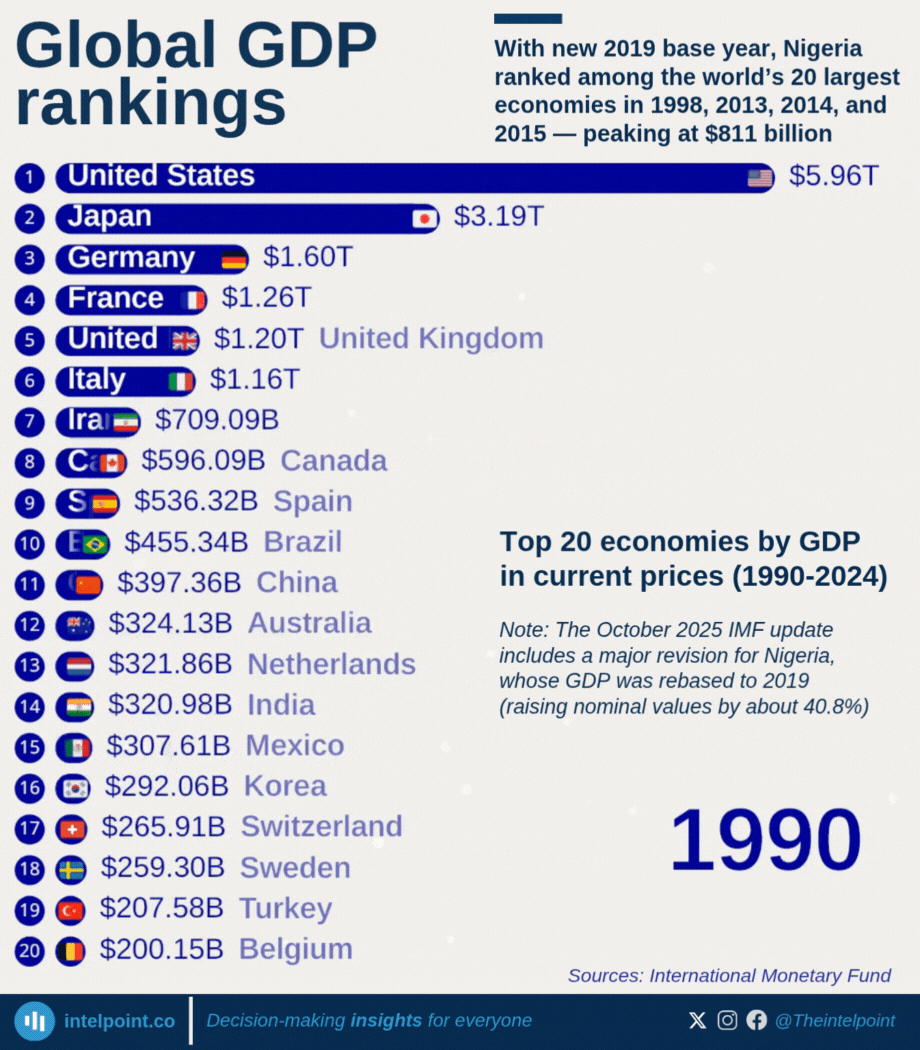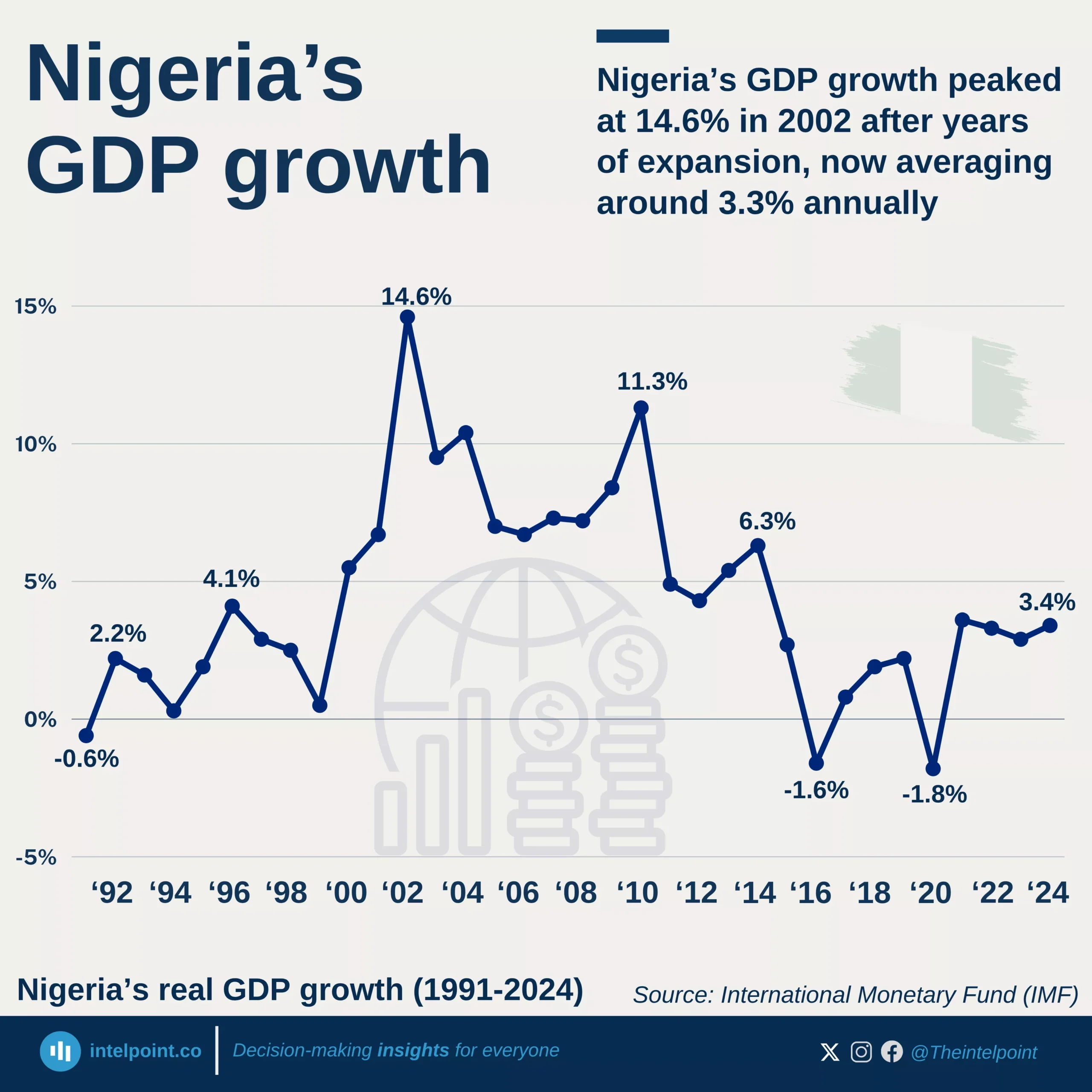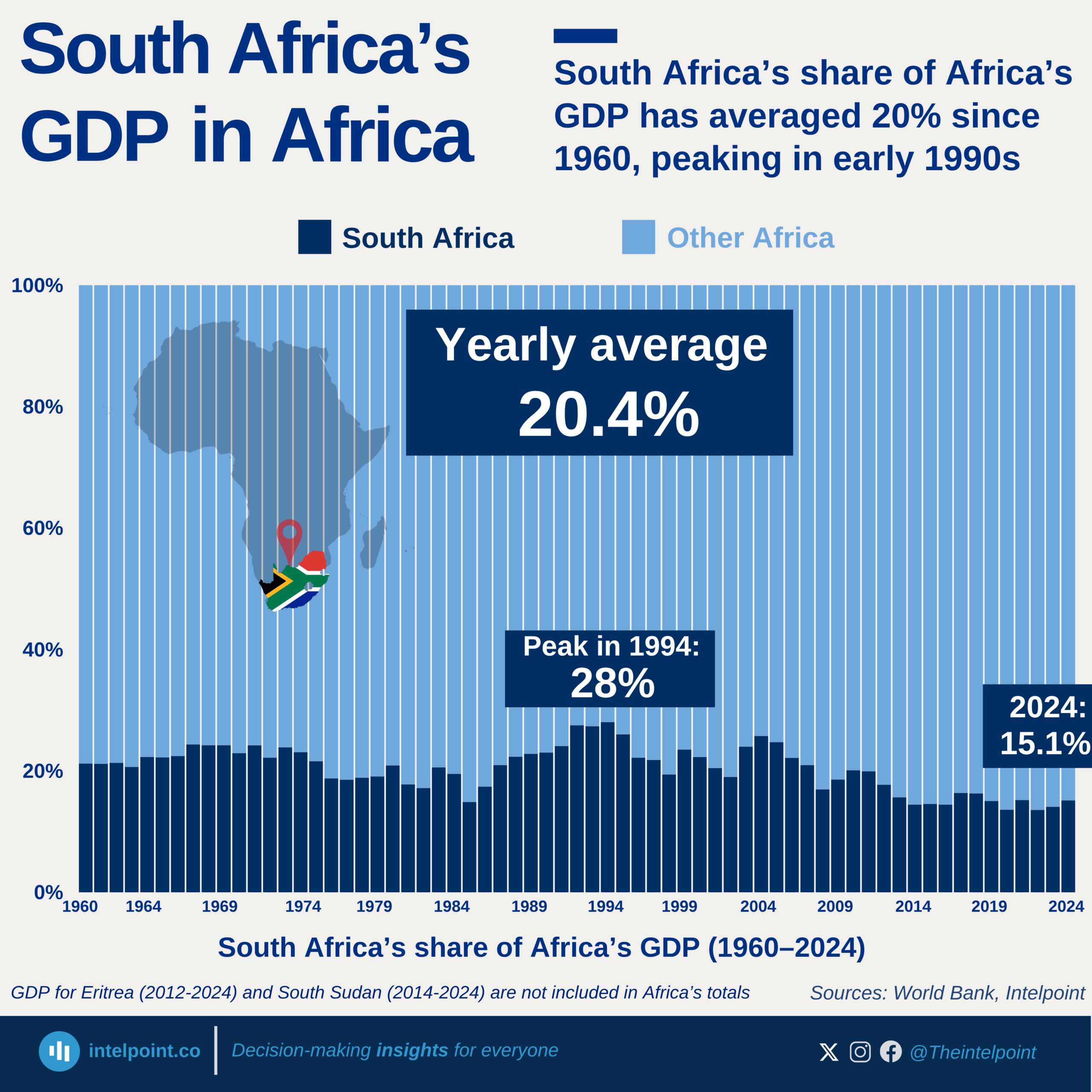Burundi recorded its highest GDP per capita in 2015 ($280.97).
By 2024, GDP per capita dropped to $153.93, a decline of nearly 45% from its peak.
Burundi’s population exceeds 13 million (2024), which dilutes income per person even when overall GDP grows.
Structural challenges like limited industrialization, reliance on subsistence farming, and political instability contribute to stagnation.
Since 2015, Burundi has held the lowest GDP per capita in Africa—and at $153.9 in 2024, it is the poorest country in the world by GDP per capita.
Burundi’s economic story reveals persistent struggles in raising living standards. In 2015, the nation achieved its highest GDP per capita at $280.97, but this progress has not been sustained.
By 2024, the figure had dropped to $153.93, reflecting both economic decline and population pressure. With a population of over 14 million people, limited resources are stretched thin, meaning that national output translates into very little income per individual.
Since 2015, Burundi has consistently recorded the lowest GDP per capita in Africa—and today, it is also the poorest country in the world by nominal GDP per capita. This highlights how even its peak year left it at the bottom of international rankings. The trajectory demonstrates how fragile economies can face setbacks when growth is not paired with structural reforms, diversification, and investment in human capital.
